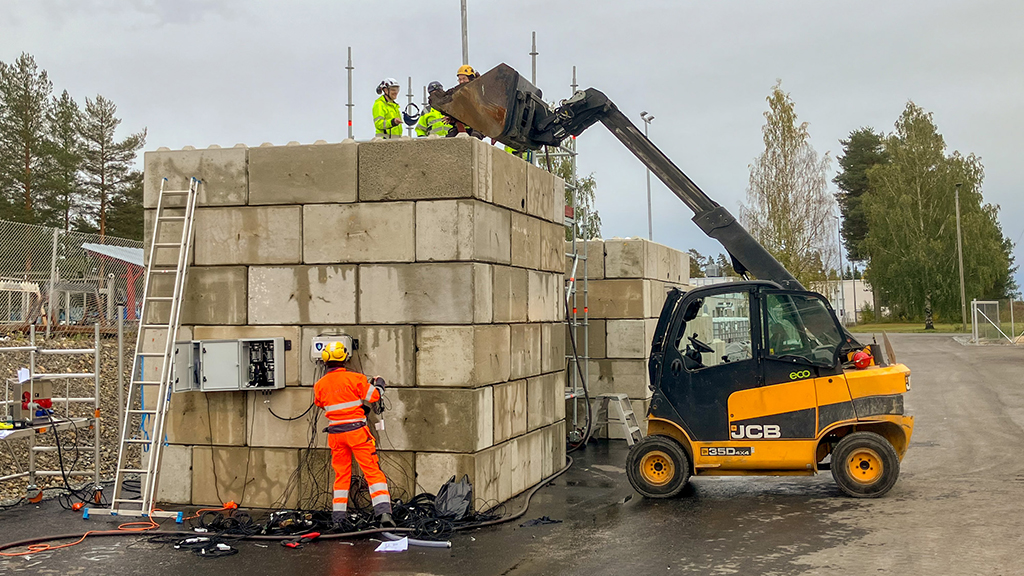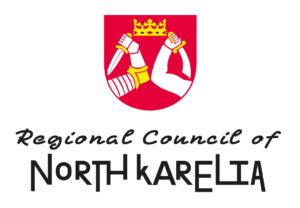Co-Disposal Offers Benefits for the Management of Extractive Waste
The co-disposal of extractive waste is a new method in Finland, but it is commonly used around the world to manage extractive waste. Co-disposal can improve the geotechnical and geochemical stability of extractive waste facilities, lead to savings and reduce the amount of land area required. A recent report by Geological Survey of Finland GTK presents different co-disposal methods for extractive waste and their testing.

Co-disposal means the heaping of extractive waste – primarily waste rock and fine-grained tailings – in the same waste facility. Co-disposal can have several benefits. It can improve the geotechnical and geochemical stability of the extractive waste facility, hasten stabilisation, and reduce the amount of oxygen and water entering waste material. It can also reduce the amount of land required and lead to savings.
However, there are also challenges associated with this method. Co-disposal always requires case-by-case investigation and assessment, determination of optimal mixing ratios, and often a great amount of energy for mixing and heaping waste. It can also complicate the later use of extractive waste, e.g. as secondary raw materials.
Importance of testing co-disposal methods
Co-disposal can be carried out in various ways, such as mixing waste before or during heaping with, for example, large mixers or heavy machinery or during conveyor belt transport. Extractive waste can also be heaped separately in the same facility by forming cells or layers from different waste fractions.
Testing is required to assess the functionality and feasibility of the co-disposal methods. The testing process can require both laboratory-scale and field-scale tests. Numeric modelling can be used to interpret the results. Co-disposal testing focuses particularly on the geochemical and geotechnical behaviour of different waste fractions when mixed. At the same time, the practical arrangements for mixing and heaping are examined.
Suitability and testing of methods at GTK Mintec
While co-disposal methods are widely utilised globally, they have so far been rarely applied in Finland. However, co-disposal has emerged as an option in several planned mining projects in the country.
Particularly promising methods include tailings cells delimited with waste rock and mixed disposal with layers, where extractive waste materials are used as cover structures. Suitability must always be assessed on a case-by-case basis, as the effectiveness of the method depends on the properties of the waste fractions, the topography of the mining area, and the resources available.
GTK’s research report in Finnish, Co-disposal methods of extractive waste and their testing, was produced as part of the Smart Circular Economy Field Testing Facility for Extractive Waste and Side Streams (SMARTTEST) project. The project is co-funded by the European Regional Development Fund (ERDF) and several companies. The GTK SMARTTEST testing field is located next to the GTK Mintec mineral processing pilot plant in Outokumpu, which allows, for example, the long-term field testing of co-disposal methods.
Further information
Teemu Karlsson, Senior Scientist
Geological Survey of Finland GTK
teemu.karlsson@gtk.fi
tel. +358 29 503 3999
GTK’s work report (in Finnish) to view and download in the Hakku data service:
Kaivannaisjätteiden sekaläjitysmenetelmät ja niiden testaus
SMARTTEST project website:
Smart circular economy field testing facility for extractive waste and side streams ‒ SMARTTEST
News on the GTK SMARTTEST smart field-testing platform and concept: Smart Field-Testing Platform and Concept Improves Management of the Long-Term Behaviour of Extractive Waste


